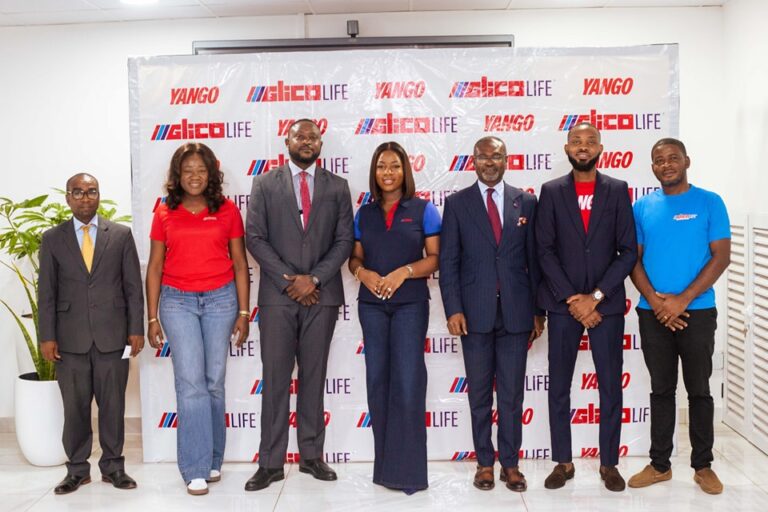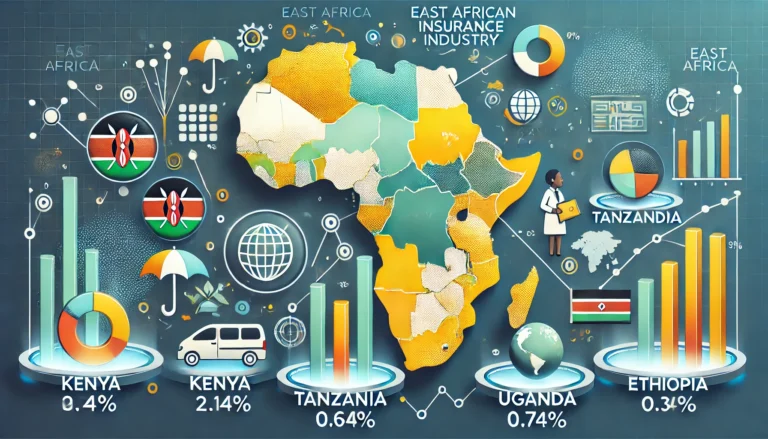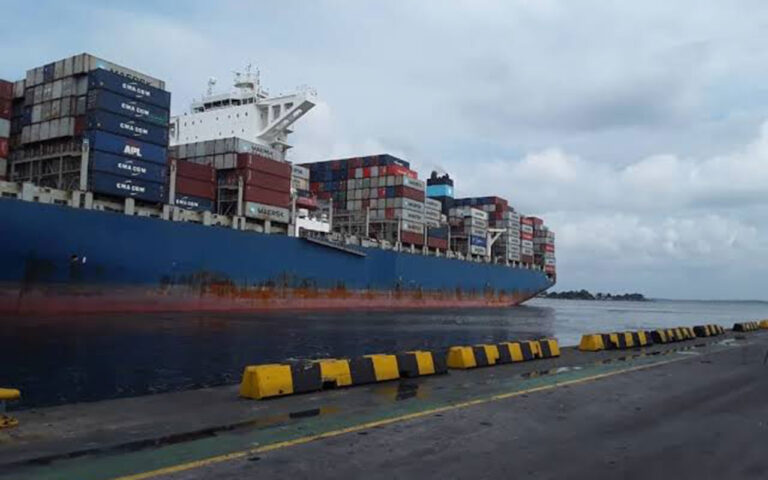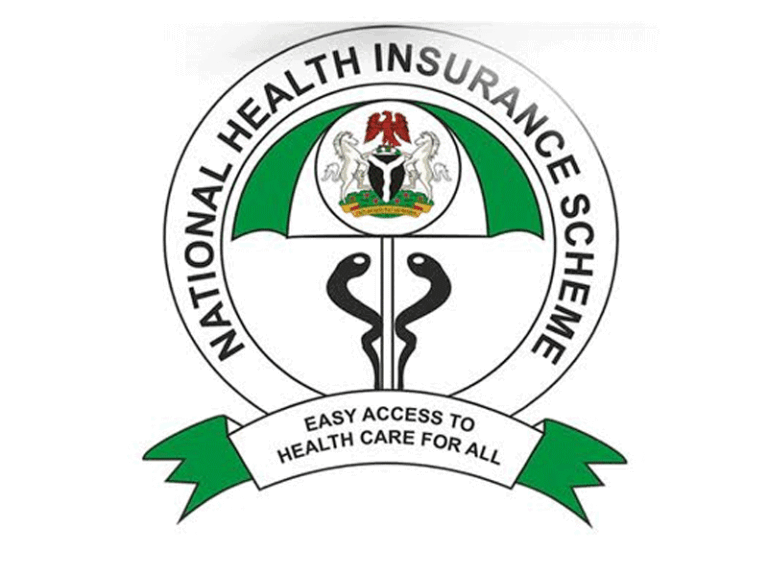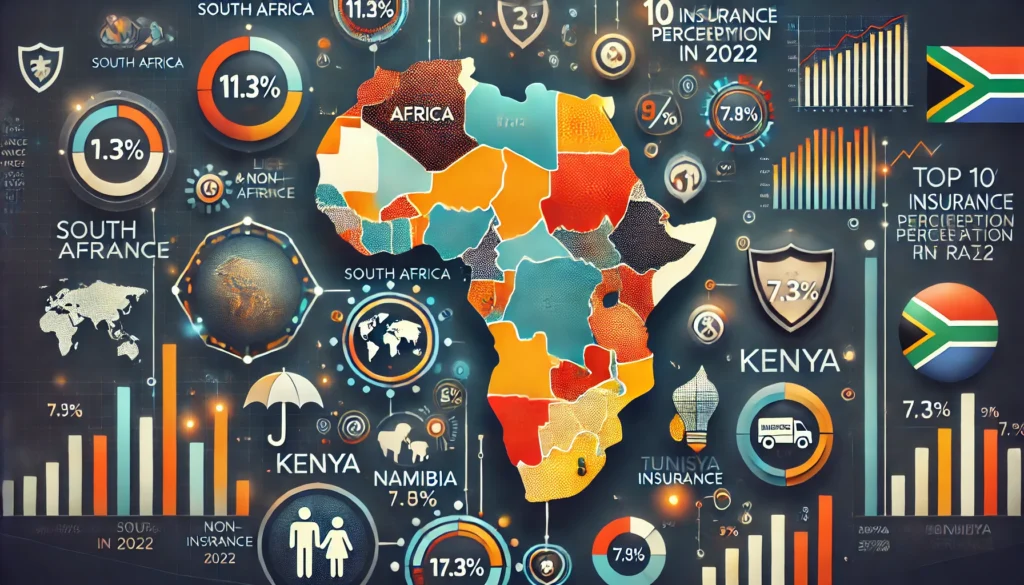
Insurance penetration in Africa continues to vary widely across countries, with some markets exhibiting remarkable resilience and growth. Insurance penetration, defined as the ratio of total premiums to GDP, is a key indicator of a country’s insurance sector’s contribution to the economy. Here’s a detailed look at the top 10 African countries with the highest insurance penetration rates in 2022.
1. South Africa: 11.3%
South Africa remains the leader in insurance penetration on the continent, with a total penetration rate of 11.3% in 2022, comprising 9.1% for life insurance and 2.2% for non-life insurance. Despite this dominance, the sector experienced a decline from 12.2% in 2021, largely driven by a 9% contraction in the life insurance segment. This drop reflects the challenges of economic strain and a tightening global financial environment.
2. Namibia: 7.8%
Namibia secured the second position with a total insurance penetration of 7.8%, driven by a robust life insurance sector at 5.8% and non-life insurance at 2.0%. The country recorded significant growth from 7.1% in 2021, marking a 9.9% overall improvement. Life insurance saw a notable rise of 13.7%, reflecting the population’s increasing awareness of long-term financial planning.
3. Morocco: 3.9%
Morocco’s total insurance penetration in 2022 stood at 3.9%, split between 1.8% in life insurance and 2.1% in non-life insurance. However, the country experienced a slight decline from 4.0% in 2021 due to a 4.5% drop in non-life insurance. Despite the dip, Morocco remains a strong contender in the North African insurance landscape.
4. Kenya: 2.3%
Kenya emerged as the leading East African country, with a total insurance penetration rate of 2.3%, showing an increase from 2.2% in 2021. The life insurance segment grew by 10%, reaching 1.1%, while the non-life segment remained stable at 1.2%. This growth highlights the increasing adoption of life insurance products in the Kenyan market.
5. Tunisia: 2.2%
Tunisia recorded a total insurance penetration rate of 2.2% in 2022, with life insurance at 0.6% and non-life insurance at 1.6%. This represents a modest improvement from 2.1% in 2021, driven by a 20% growth in the life insurance sector. Tunisia’s steady progress reflects its maturing insurance market.
6. Côte d’Ivoire: 1.2%
Côte d’Ivoire maintained a stable insurance penetration rate of 1.2% in 2022, with 0.5% attributed to life insurance and 0.7% to non-life insurance. The lack of growth compared to 2021 suggests a need for innovative strategies to stimulate the market.
7. Algeria: 0.6%
Algeria’s total insurance penetration fell to 0.6% in 2022 from 0.7% in 2021, driven by a 16.7% decline in the non-life insurance sector. The life insurance segment remained stagnant at 0.1%, indicating challenges in diversifying and growing its insurance offerings.
8. Egypt: 0.6%
Egypt also experienced a decline in total insurance penetration, from 0.7% in 2021 to 0.6% in 2022. Life and non-life insurance each contributed 0.3%. The 25% drop in non-life insurance penetration highlights a need for increased market stimulation and product diversification.
9. Nigeria: 0.4%
Nigeria’s insurance penetration rate remained unchanged at 0.4% in 2022, with an even split between life and non-life insurance at 0.2% each. Despite being Africa’s largest economy, Nigeria continues to face challenges in deepening insurance adoption, such as limited awareness and affordability issues.
10. Ghana: Not Reported
While 2022 data for Ghana is unavailable, its insurance penetration rate in 2021 was 1.1%, with 0.5% in life insurance and 0.6% in non-life insurance. The country’s insurance market has shown potential for growth, driven by increasing awareness and regulatory reforms.
Conclusion
South Africa continues to dominate the African insurance landscape with the highest penetration rate, but countries like Namibia, Kenya, and Tunisia are making significant strides. The disparities in penetration rates across the continent highlight the need for tailored strategies to address local challenges, such as affordability, awareness, and regulatory barriers. As digital transformation and innovative distribution channels gain momentum, the African insurance market is poised for greater inclusivity and growth.






